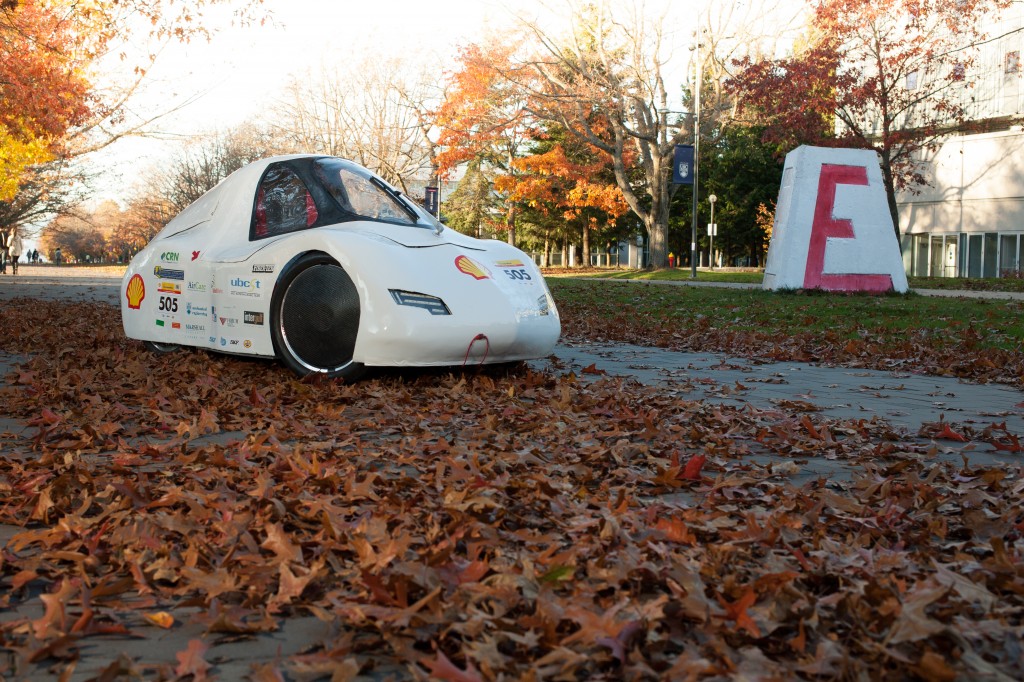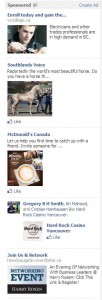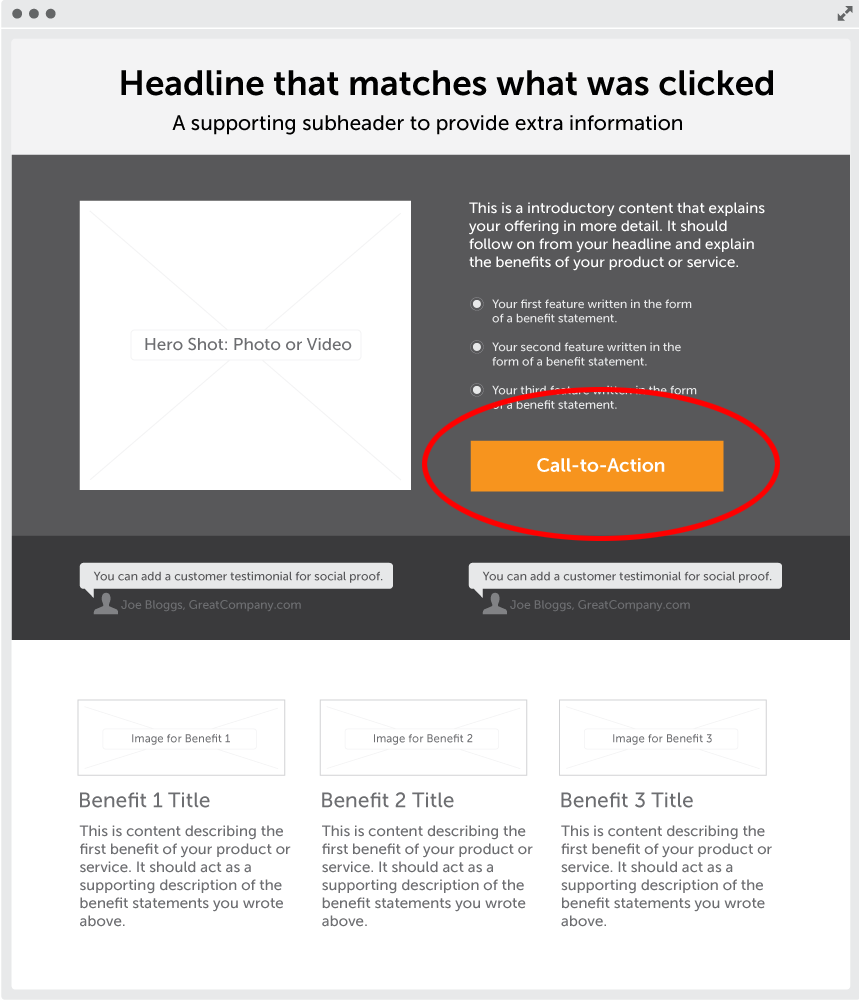After nearly 3 months of COMM 465 I thought maybe today would be a good opportunity to write about a topic much closer to me on a personal level. As I imagine most of you are unaware, I am a mechanical engineering student, and this year I became captain of the UBC Supermileage Team. We are an engineering design team dedicated to the design and development of super fuel-efficient single-occupancy vehicles. We’re a 100% student-composed team that competes in an international competition against over 100 schools across North and South America. Our vehicles last year achieved 1400 and 600 mpg. (Shameless plug: Check out www.supermileage.ca!)
More to the point, earlier this week I found myself crafting a sponsorship proposal to a manufacturer of bicycle hubs, rims, and other components. Our ultra-lightweight vehicle (the 1400 mpg one) uses bicycle hubs for its wheels. They’re incredibly lightweight and at a total vehicle weight of 90lbs, more than strong enough! When I was writing this proposal, I realized that our standard approach wouldn’t work. Typically we appeal to companies for support by pushing the value of training young engineers for the real world, highlighting environmental issues, and promising exposure through our community outreach programs. To this company, however, I realized almost none of these benefits had any appeal. The environmental aspect means little to a manufacturer of competitive cycling products; their industry is eco-friendly by its very nature and their target audience is more worried about performance than responsible community sponsorship. Secondly, the company is European and their closest office is in Colorado! It’s unlikely that their sponsorship would sway any of our members to seek future employment with them.
My approach was to emphasize the student learning through hands-on design problems and our location of Vancouver as a competitive biking hot-spot. We’re frequently featured in local print and televised media, so there’s a good chance many avid cyclists would spot their logo on our vehicles and consider their products. I also hoped that, as engineers themselves, they would see the value in helping students become better engineers through the tackling of real-world technical problems.
So what do you think? Could I have communicated the value of a sponsorship deal more effectively to this manufacturer? In what ways could I have made a more effective proposal?



